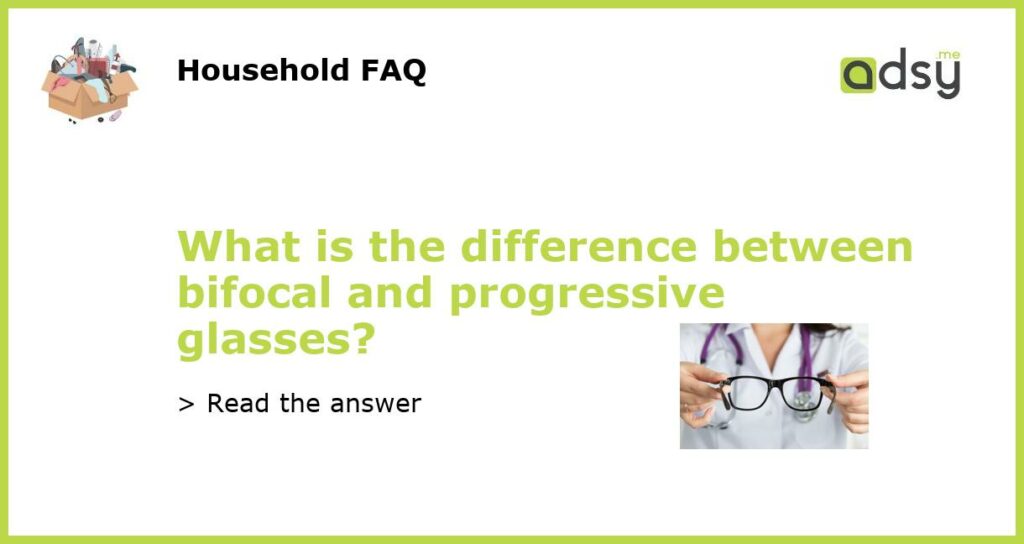Understanding Bifocal Glasses
Bifocal glasses have been around since the early 1700s when Benjamin Franklin invented them. At its simplest, bifocal glasses are used for individuals who suffer from both nearsightedness and farsightedness. These glasses have two separate prescriptions for viewing objects at a distance and reading materials. The upper portion of the lens is designed for focusing on distant objects, while the lower portion is for near vision.
Understanding Progressive Glasses
Progressive glasses, on the other hand, have the same prescription strength throughout the entire lens. However, unlike bifocal glasses, they have a gradual “progressive” change in prescription from the top of the lens to the bottom. This means that you can focus on objects at various distances without switching glasses, making them more convenient than bifocal glasses. Progressive lenses are also called “no-line bifocals” because they do not have a visible line separating the two prescriptions.
The Key Differences Between Bifocal and Progressive Glasses
The main difference between bifocal and progressive glasses is that bifocal lenses have two different prescription strengths, while progressive lenses have one prescription that changes gradually. Bifocals have a visible line on the lens that separates the two prescriptions, while progressive lenses do not. Bifocals are better for people who have presbyopia and need to switch between distance and reading glasses, while progressive glasses are better for people who want a seamless transition between different prescription strengths and a more modern look.
Which One Should You Choose?
The answer to this question depends on your individual needs and preferences. If you are used to traditional bifocal glasses and prefer the traditional look, then it may be best for you to stick with bifocal glasses. However, if you’re looking for more flexibility and a modern look, then progressive glasses may be a better fit. It’s best to consult with an eye doctor who can recommend the best type of glasses for your specific needs and lifestyle.
The Bottom Line
Bifocal and progressive glasses both have their unique advantages and disadvantages. It’s important to weigh your options and consider your lifestyle and preferences before making a decision. Whether you choose bifocals or progressives, make sure to get a proper eye exam and a prescription from a licensed eye doctor before purchasing any type of corrective lenses.






